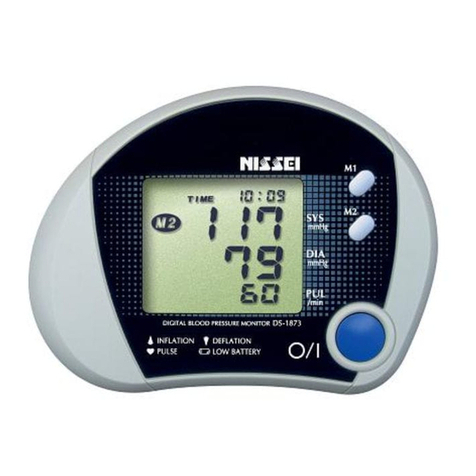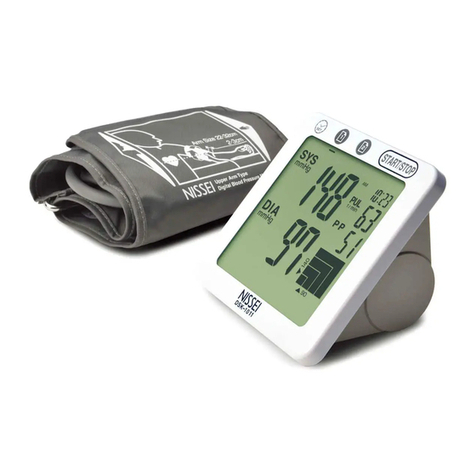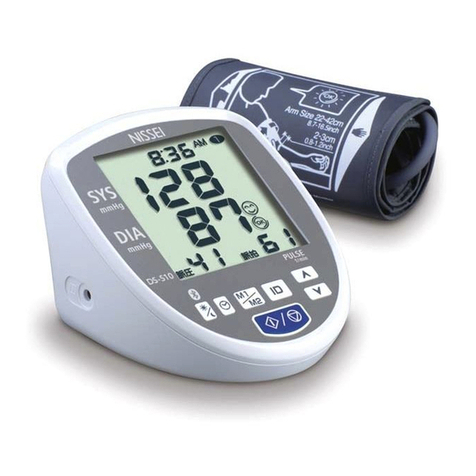Nissei DS-400 User manual
Other Nissei Blood Pressure Monitor manuals

Nissei
Nissei WS-820 User manual

Nissei
Nissei DS-137 User manual

Nissei
Nissei WS-1300 User manual

Nissei
Nissei DS-10 User manual

Nissei
Nissei DSK-1031 User manual
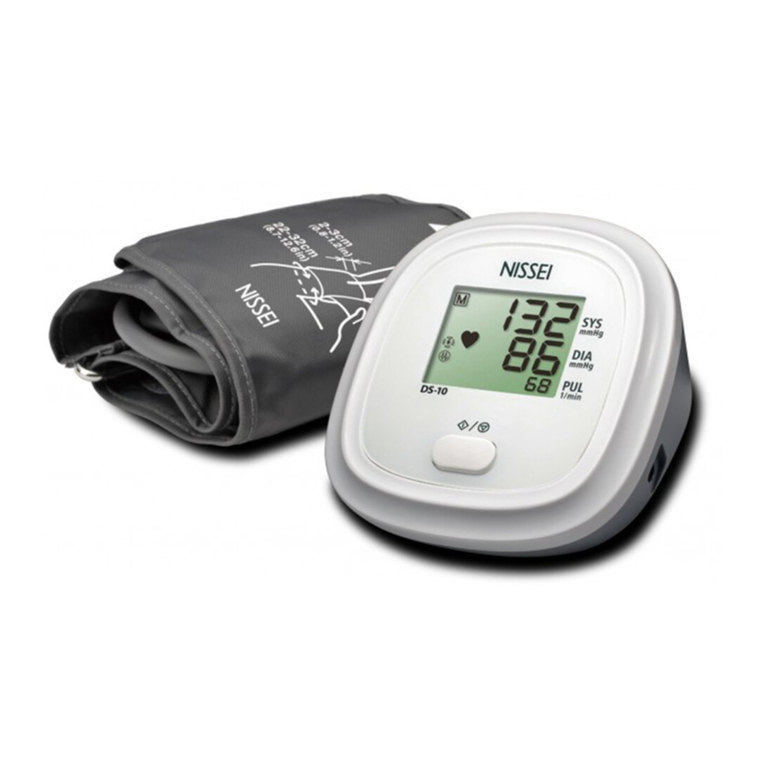
Nissei
Nissei DS-10 User manual
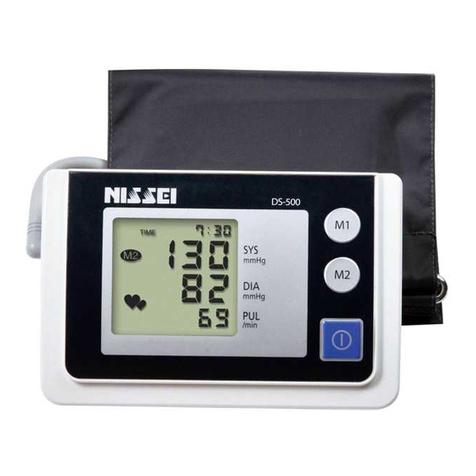
Nissei
Nissei DS-500 User manual

Nissei
Nissei DSK-1031 User manual
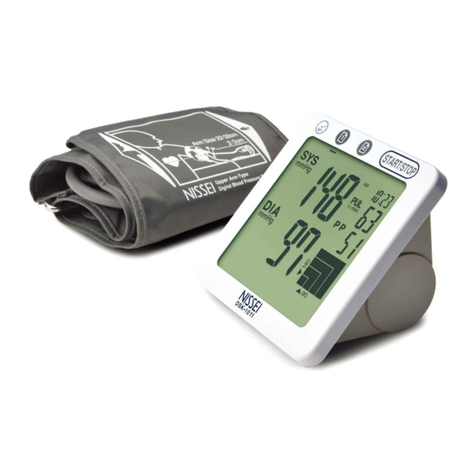
Nissei
Nissei DSK-1011 User manual

Nissei
Nissei DSK-1011 User manual

Nissei
Nissei WSK-1011 User manual
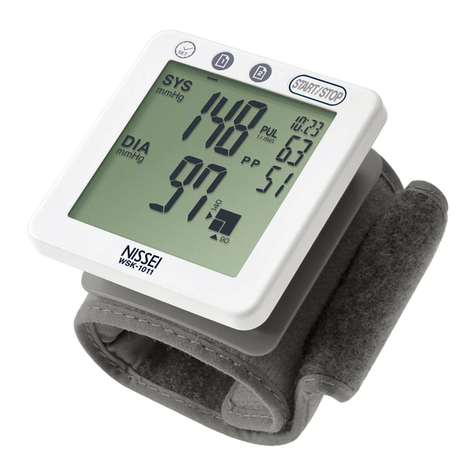
Nissei
Nissei WSK-1011 User manual

Nissei
Nissei WSK-1011 User manual
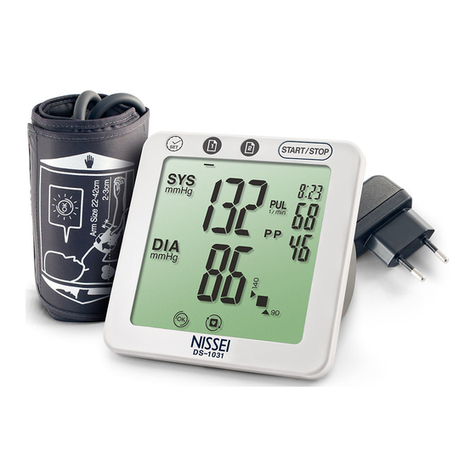
Nissei
Nissei DSK-1031 User manual

Nissei
Nissei WS-1011 User manual
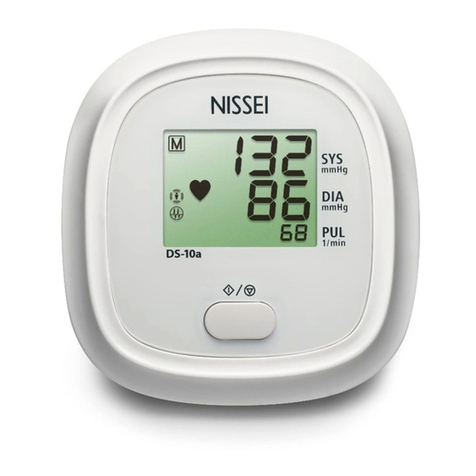
Nissei
Nissei DS-10a User manual
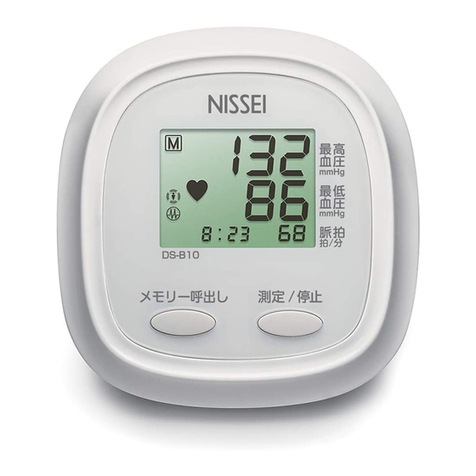
Nissei
Nissei DS-B10 User manual
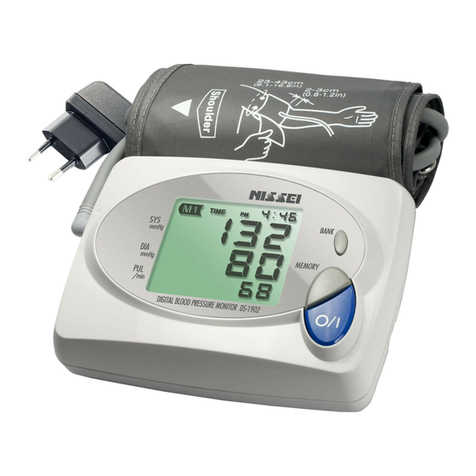
Nissei
Nissei ds-1902 User manual
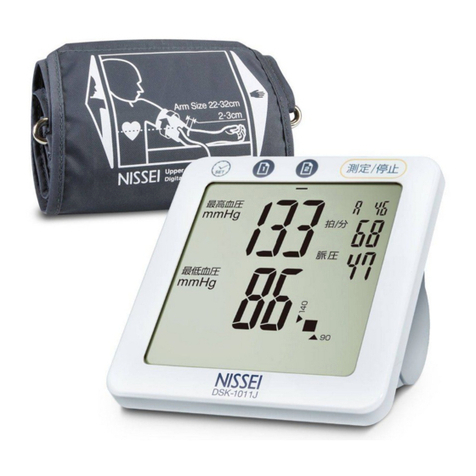
Nissei
Nissei DSK-1011J User manual

Nissei
Nissei DSK-1031 User manual





